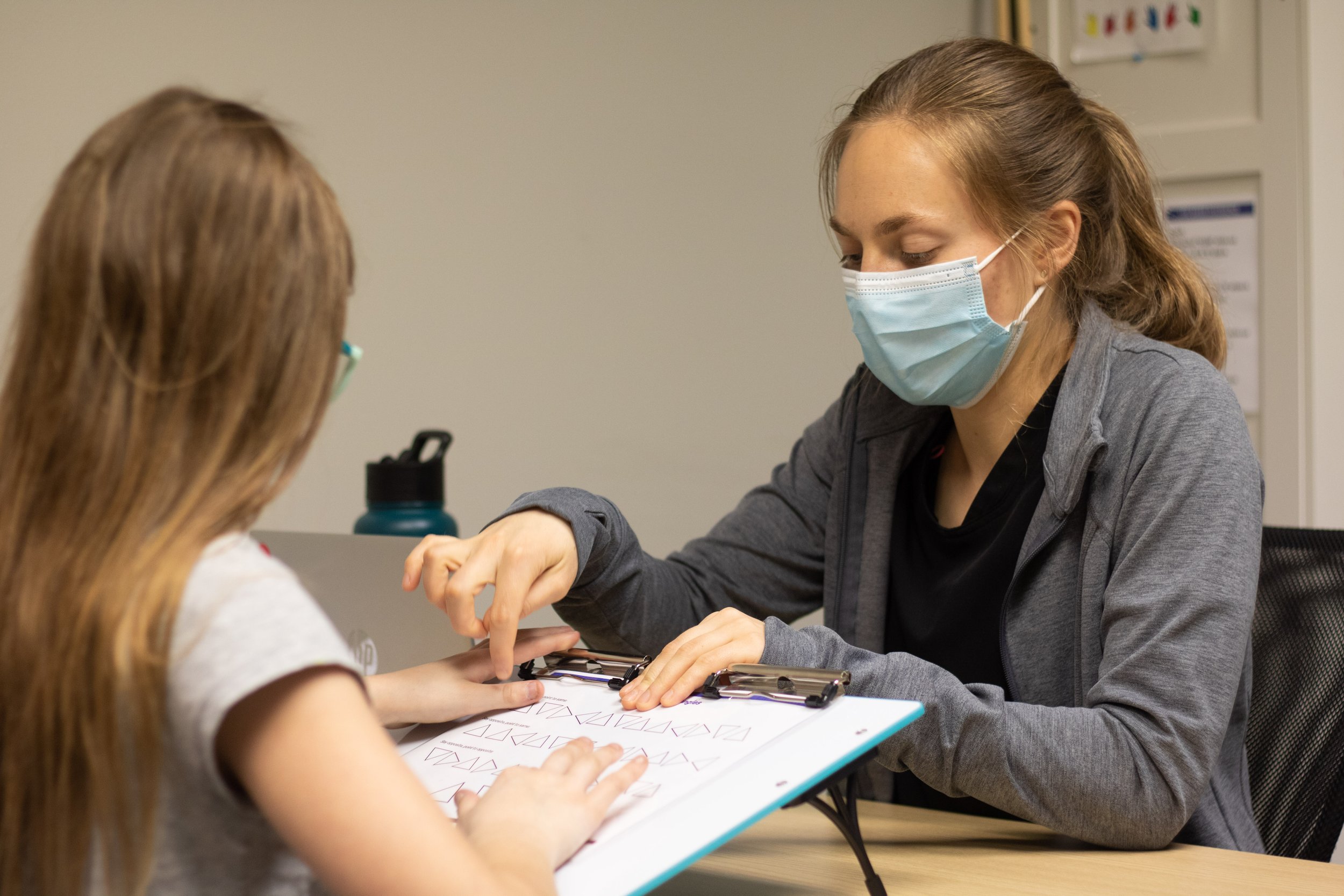
Dyslexia

People with dyslexia typically DO NOT struggle with headaches, eyestrain, double and blurry vision, and letters appearing to move. These are VISUAL symptoms.
Once a vision problem is ruled out or treated successfully, tutoring or special services for dyslexia can be much more effective.

Undiagnosed learning-related vision problems often mimic or complicate dyslexia and in many cases, our patients are suspected to have dyslexia. Some people have difficulty making both eyes turn inward onto the page and then making accurate and coordinated eye movements from word to word. If a child’s eyes are not working together as a team, vision-related symptoms consistent with dyslexia can occur and school performance can begin to suffer. In cases where true developmental dyslexia has been diagnosed, their symptoms are often greatly reduced or even eliminated after vision therapy.
Symptoms: Patients have reported that letters can appear double, blurry, mixed around, floating, swimming, moving and even melting. If it takes excessive effort to focus the eyes up close, that automatic process now requires cognitive effort and takes attention away from understanding, comprehending, and taking meaning from the text.
Watch To Learn More
So many of the common signs and symptoms of dyslexia are often shared with visual dysfunctions, leading to school-aged children often being mislabeled as dyslexic! Watch this video to learn how vision affects those with dyslexia, and how treating the visual aspects can make the other symptoms much more manageable.


